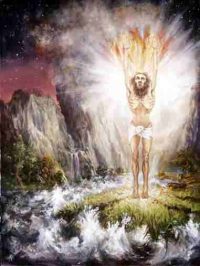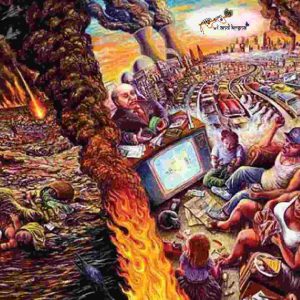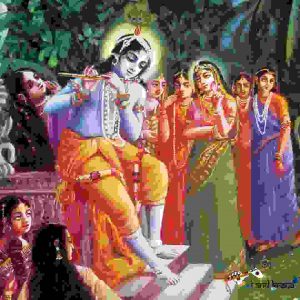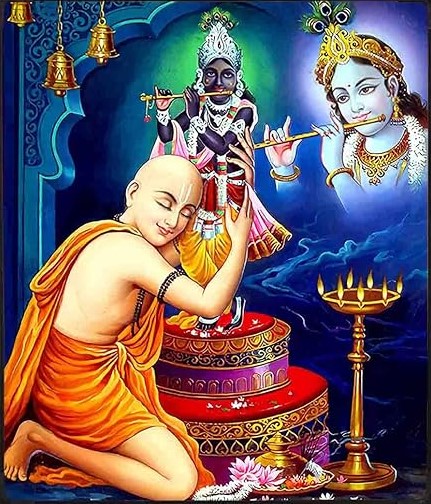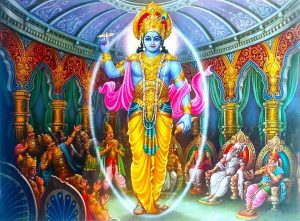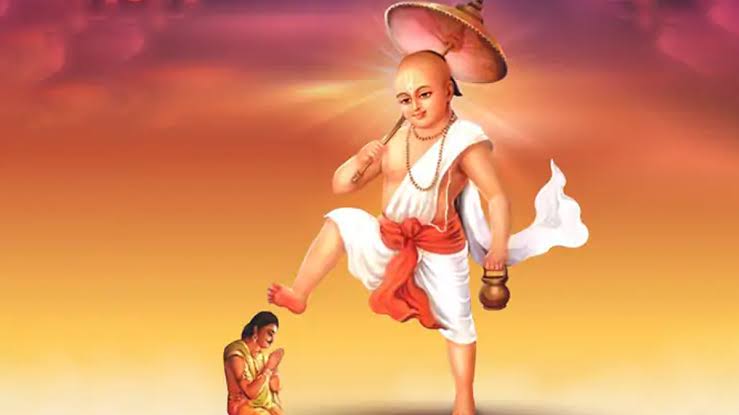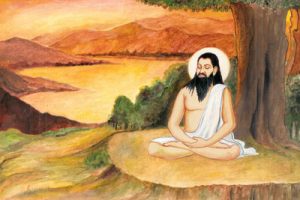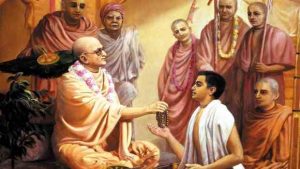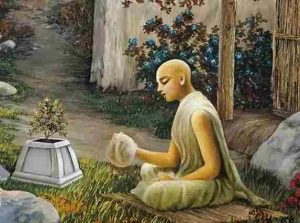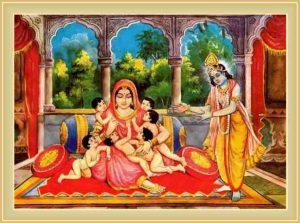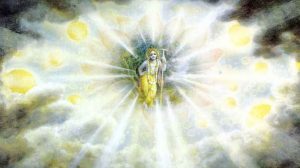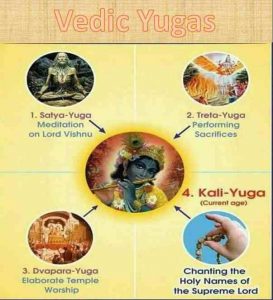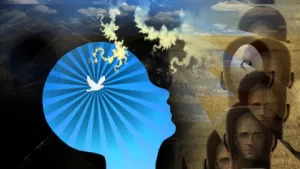In Satya-yuga there are no inferior human beings.
In Satya-yuga there is no influence of the lower modes of nature, and therefore all human beings belong to the highest social order, called haṁsa, in which one comes under the direct supervision of the Personality of Godhead. In the modern age people are crying out for social equality, but unless all human beings are situated in the mode of goodness, which is the position of purity and unalloyed devotion, social equality is not possible. As the lower modes of nature become prominent, secondary religious principles arise, by which people may be gradually elevated to the pure stage of unalloyed surrender to God. In Satya-yuga there are no inferior human beings, and thus there is no need of secondary religious principles. Everyone directly takes to the unalloyed service of the Lord, fulfilling perfectly all religious obligations. In Sanskrit, one who perfectly executes all duties is called kṛta-kṛtya, as mentioned in this verse. Therefore Satya-yuga is called Kṛta-yuga, or the age of perfect religious action. According to Śrīla Jīva Gosvāmī, the word ādau (“in the beginning”) refers to the moment of universal creation. In other words, the varṇāśrama system is not a recent concoction but naturally arises at the time of creation and should therefore be accepted by all intelligent human beings.
Source: A.C. Bhaktivedanta Swami Prabhupada (2014 edition), “Srimad Bhagavatam”, Eleventh Canto, Chapter 17 – Text 10.



